Dog First Aid: From Kits to Know-How
First aid is for every family member, even the furry ones! However, few dog owners know the basics of injury prevention, building a pet first aid kit, and how to address various traumas that man’s best friend may encounter.
Preventing & Treating Ailments
Poison
One of the most common causes of pet illness is ingesting poison, and there are various sources where your pup can get their paws on it. Household chemicals are an obvious source, but medications containing acetaminophen, like Tylenol, Ibuprofen, and Aspirin, are toxic to animals. Does your dog like to hang out in the kitchen? Keep a close eye on what falls to the ground. Common toxic foods include chocolate, shallots/onions, and grapes/raisins. If your pet is vomiting, weak, disoriented, or has tremors, they may be poisoned. If you see your pet consume poison or suspect they have, call an animal poison hotline and a veterinarian immediately.

Heat
Heatstroke can cause lasting damage to a pet’s internal organs, and temperatures over 105 degrees Fahrenheit can result in death. Dogs with short faces, heavy coats, underlying health conditions, or obesity are especially susceptible. If your pet is panting excessively, wobbling like a jenga tower, or has bright red gums, they may be suffering from heatstroke. To treat, keep your pet calm and move them out of direct sunlight. Don’t attempt to make a dog stop panting, as this is how they regulate their temperature. Gently spray overheated animals with cool or tepid water. Encourage, but don’t force, them to drink water, as dehydration can lead to shock and organ damage. Immediately seek medical attention.
Cold
While the heat can be deadly, winter temperatures aren’t to be underestimated. Dogs that have short coats, lack shelter, or exercise outdoors are susceptible to cold stress injuries such as hypothermia and frostbite. Shivering, lethargy, or pale/blue gums are all dreaded signs of cold stress. Wrap your puppy in a blanket or towel and move them someplace warm. Do not rub them down as this can damage cold and frostbitten tissue. Warm them up slowly over the next 30-60 minutes. If you suspect severe damage, visit the vet. To prevent cold stress injuries, limit the amount of time your pet spends in the wind, snow, and rain. Consider getting doggie boots and a jacket to further insulate dogs from the cold.
Building a Dog First Aid Kit

Whether your puppy is a couch potato or trailblazer, there’s always the risk of an accident occurring. And when the fickle finger of fate (say that five times fast) decides to rain on your parade, you need to be prepared. The best way to do this is to have a dog first aid kit on hand. The basics include:
- Diphen/Benadryl - used to treat allergic reactions, motion sickness, and vomiting. It can be used on dogs, cats, birds, horses, cattle, and other small mammals
- Tweezers - for splinters and removing debris from wounds
- Gauze - to stop bleeding and wrap wounds
- Antiseptic Wipes - cleans cuts, scrapes, and burns
- Slip Leash - combined leash and collar
- Muzzle - to keep frantic, injured pets from biting
- Triple Antibiotic Ointment - treats and prevents minor infections
- Antimicrobial Hand Wipes - use before and after treating injured pets
Depending on where you plan to take your furry friend, you can always customize your first aid kit to accommodate for associated risks. Winter wonderland escapade coming up? Pack paw moisturizer. Roughing it in the backcountry? You may want to include tick repellent.
Addressing Various Traumas

Knowing your canine companion is even moderately injured is devastating and panic-inducing. Severe injuries are even more so. Having the know-how and materials necessary to treat these wounds can reduce panic, increase reaction time, and be life-saving in some cases.
Bleeding
Clean the wound with water and apply pressure with a clean towel or gauze. If the injury is extensive, wrap before moving the pet. Small wounds can be left uncovered. For penetrating wounds, such as sticks or other foreign items, do not remove it. Stabilize the offending object near the injury and transport the pet to an emergency hospital.Broken Bones
As tempting as it may be, do not try to set the bone yourself! Even pulling on the area risks pushing the bone through the skin and making the damage far worse. Instead, stabilize the injury with magazines to support the break and take the pet to the hospital. Carry the pet if possible to avoid putting unnecessary pressure on the fracture.Burns
If you see your puppy get burned or see signs of a burn, such as singed hair or inflamed skin, flush the area with water for 5-10 minutes. Follow this up by applying a cool, damp compress. Never apply ice packs directly to anyone’s skin (four-legged or otherwise), as ice burns and frostbite can occur in minutes. Seek professional help since burn injuries are challenging to assess due to dogs’ thicker skin and fur.

Insect Bites
Insect venom can cause various reactions in dogs that range from mild swelling to life-threatening reactions. For swelling and pain only located at the site of the sting or bit, remove the stinger if applicable, clean the area, and apply ice wrapped in a towel (frostbite still isn’t fun). If there is swelling on the pet’s face, limbs, or “hives” appear, take them to a vet asap. Severe and lethal reactions that often happen when pups are stung multiple times also require the immediate attention of a trained veterinarian.
Severed Limbs
Losing a limb on a pet isn’t quite as life-threatening as it is on a human. However, it’s still a scary occurrence. With the timely application of hemostatic gauze and a pressure bandage, your furry friend should be safe to travel to receive emergency attention. You can use a tourniquet on dogs, however it can be challenging to cut off blood flow to their limbs. When you apply the tourniquet, preferably one meant specifically for dogs, place it as high on the leg as possible.
Administering & Packing Medications

As you may know, trying to give your pet medicine can turn your sweet baby angel into a crabby little gremlin. We’ve been there, and it’s not pleasant for anyone (human or otherwise). The good news is that there’s better ways to get your furbaby to cooperate.
Liquid medication generally comes in a syringe or dropper, and some pups refuse medication that's administered orally. If this is the case, mix it with your pet’s food or let a treat soak it in. When administering medication this way, be sure to combine it with a small portion so that your puppy will eat all of it and subsequently receive all the medicine. You will also need to separate any other pets so that they don’t swipe the medicated food like a little brother with the last cookie.
For pills, there are three options. The first is hiding the tablet in canned food, peanut butter, or another type of food. Second, if you have a particularly food-motivated pet, pretend the pill is a treat. The third option is for pets that have trouble taking the whole tablet. Completely crush it with a mortar and pestle or very carefully with a hammer and Ziploc bag. Combine it with peanut butter, sprinkle it over their food, or even dissolve it in water. Again, be sure to incorporate it with a small portion that your pet will be sure to finish.
Pre-grounding medication for future use is a practical choice for traveling or emergency use. If you do this, it is imperative to put as much information as possible on the bag. We don’t want to accidentally give the medication to the wrong pet or mix it up with your personal pills. The minimum information included should be the pet’s name and weight, the name of the medication, and the dosage contained in the bag. If you have more than one kind of pet, you may want to include the breed and type of animal it is. This is especially the case if someone else may have to administer the medication or you need the information readily available for a vet.

Extra Tips
- Light-colored dogs can be sunburned. Consult your veterinarian for suitable sunscreens.
- Healthy pups will have a cool, slightly damp nose.
- You need to moisturize in the winter, and so does your dog! Apply a pad moisturizer to their paws.
- Don’t use retractable leashes. They won’t help in an emergency and can cause burns, cuts, and even amputate fingers for people.
We understand that your pet is an important member of the family and can get hurt just the same as anyone. When it comes to their first aid, we’ve got your pack covered. My Medic has everything you need, from the dog first aid kits to hiking first aid kits. No matter your lifestyle, we'll be your safety net.
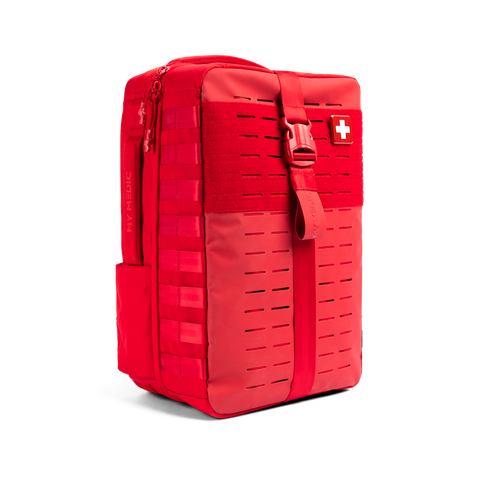 NEW ARRIVALS
NEW ARRIVALS
 BEST SELLERS
BEST SELLERS
 SUPERSKIN™
SUPERSKIN™
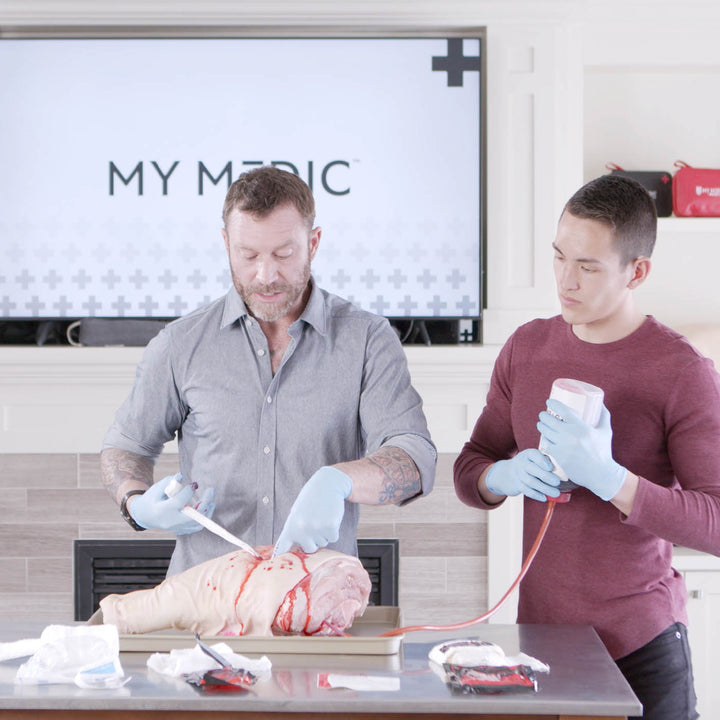 COURSES
COURSES
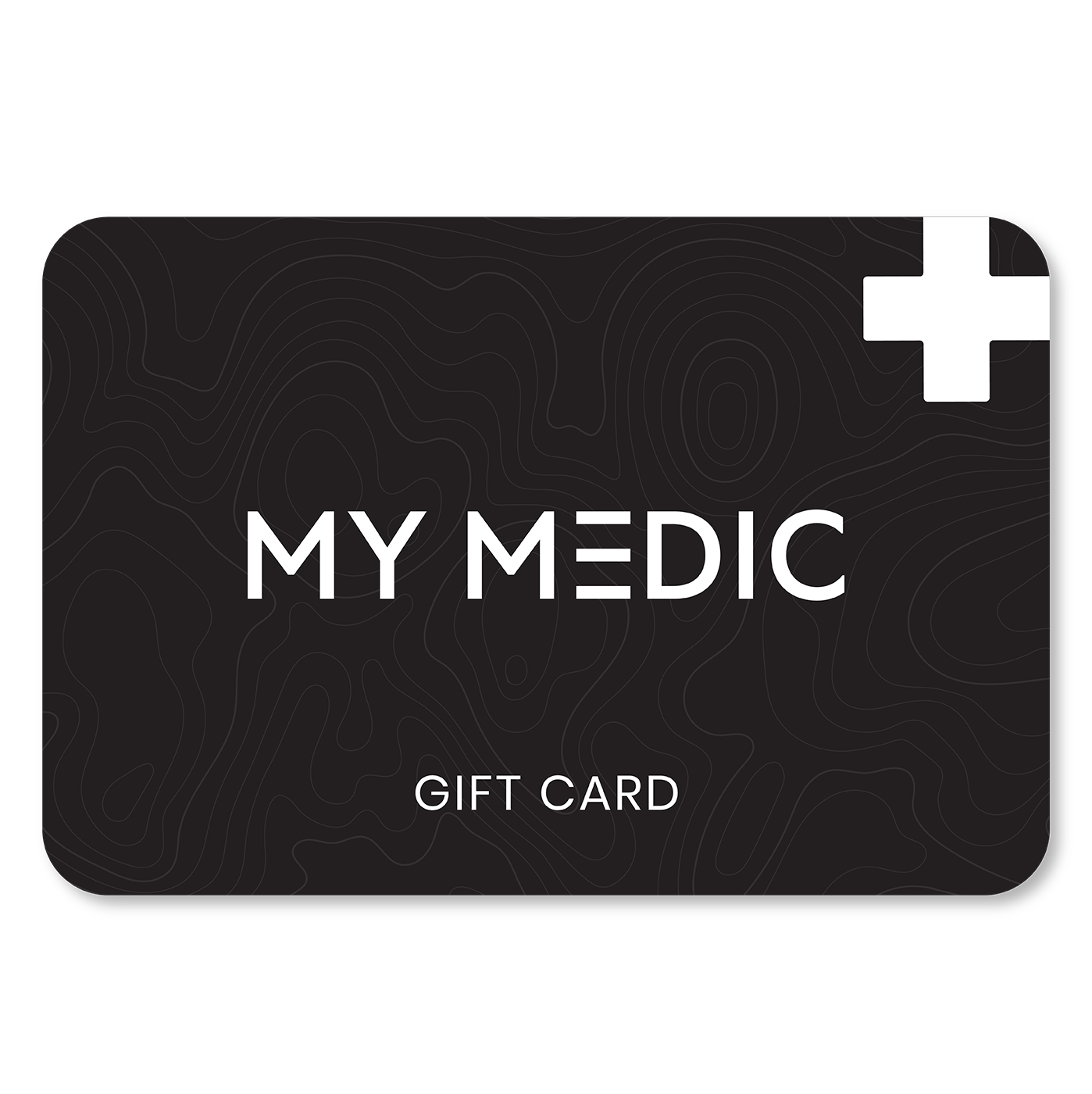 GIFT CARDS
GIFT CARDS
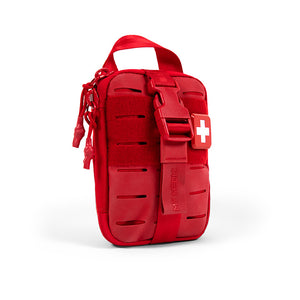 The MyFAK Collection
The MyFAK Collection
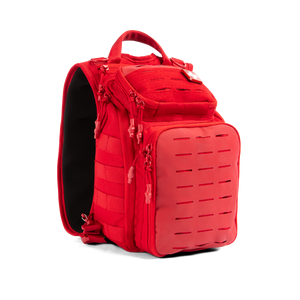 Specialty
Specialty
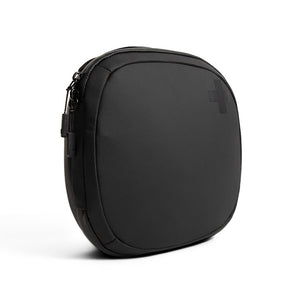 The Ready Collection
The Ready Collection
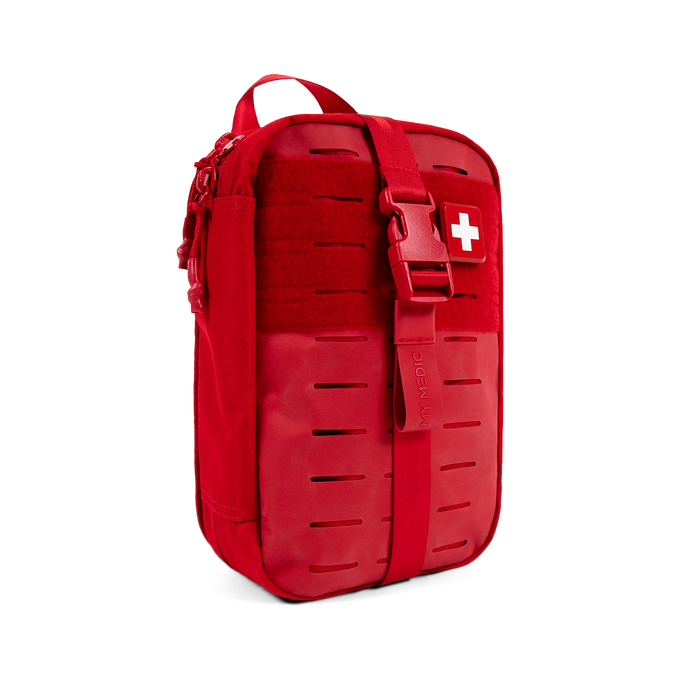
 BLEED
BLEED
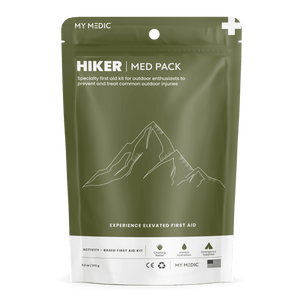 OUTDOOR
OUTDOOR
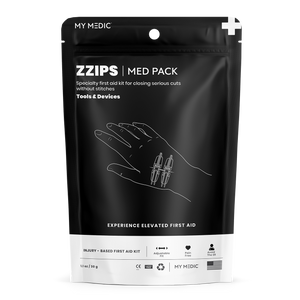 TOOLS & DEVICES
TOOLS & DEVICES
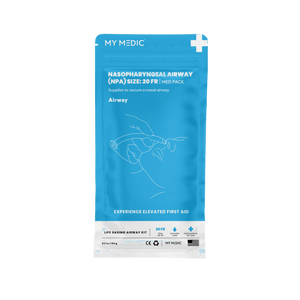 AIRWAY
AIRWAY
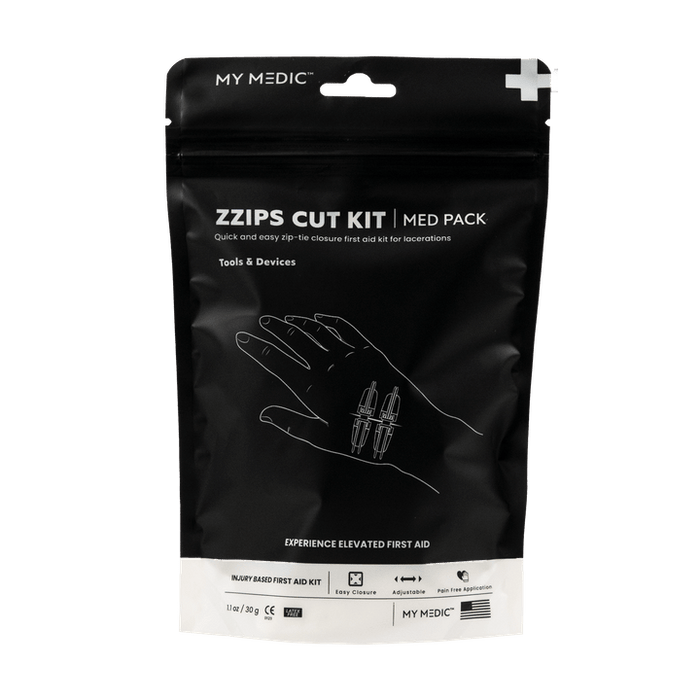
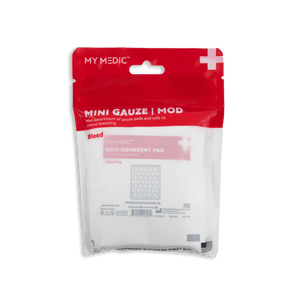 BLEED
BLEED
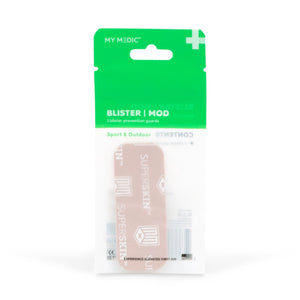 OUTDOOR
OUTDOOR
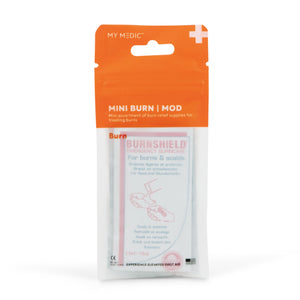 BURN
BURN
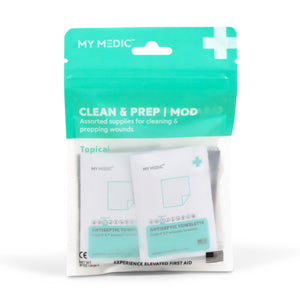 TOPICAL
TOPICAL
 MEDICATION
MEDICATION
 SPRAIN & FRACTURE
SPRAIN & FRACTURE
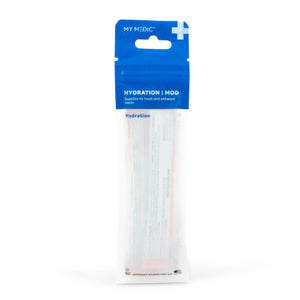 HYDRATION
HYDRATION
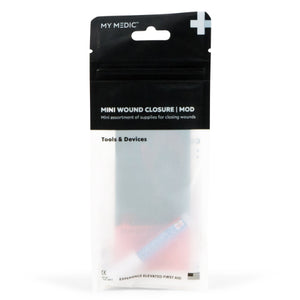 TOOLS & DEVICES
TOOLS & DEVICES
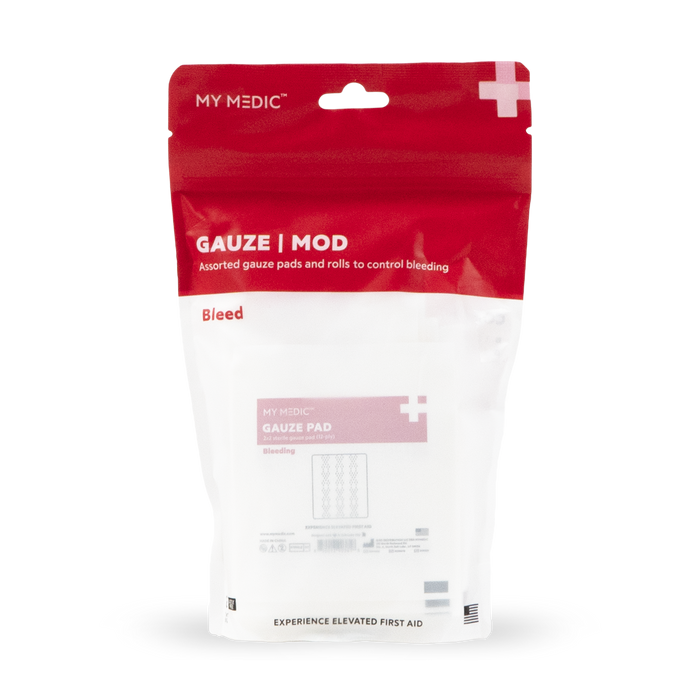
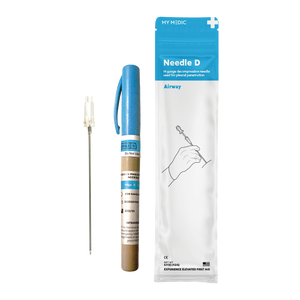 Supply Categories
Supply Categories
 Top Sellers
Top Sellers
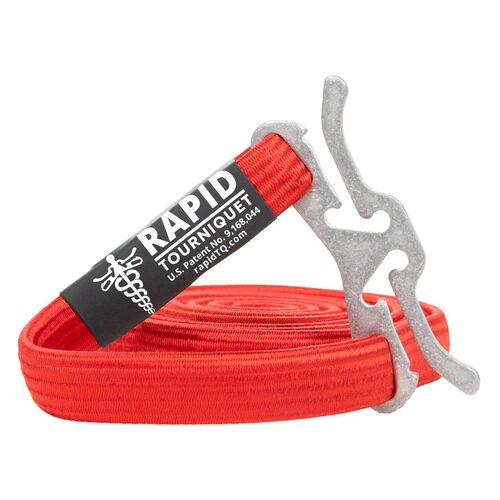






Leave a comment